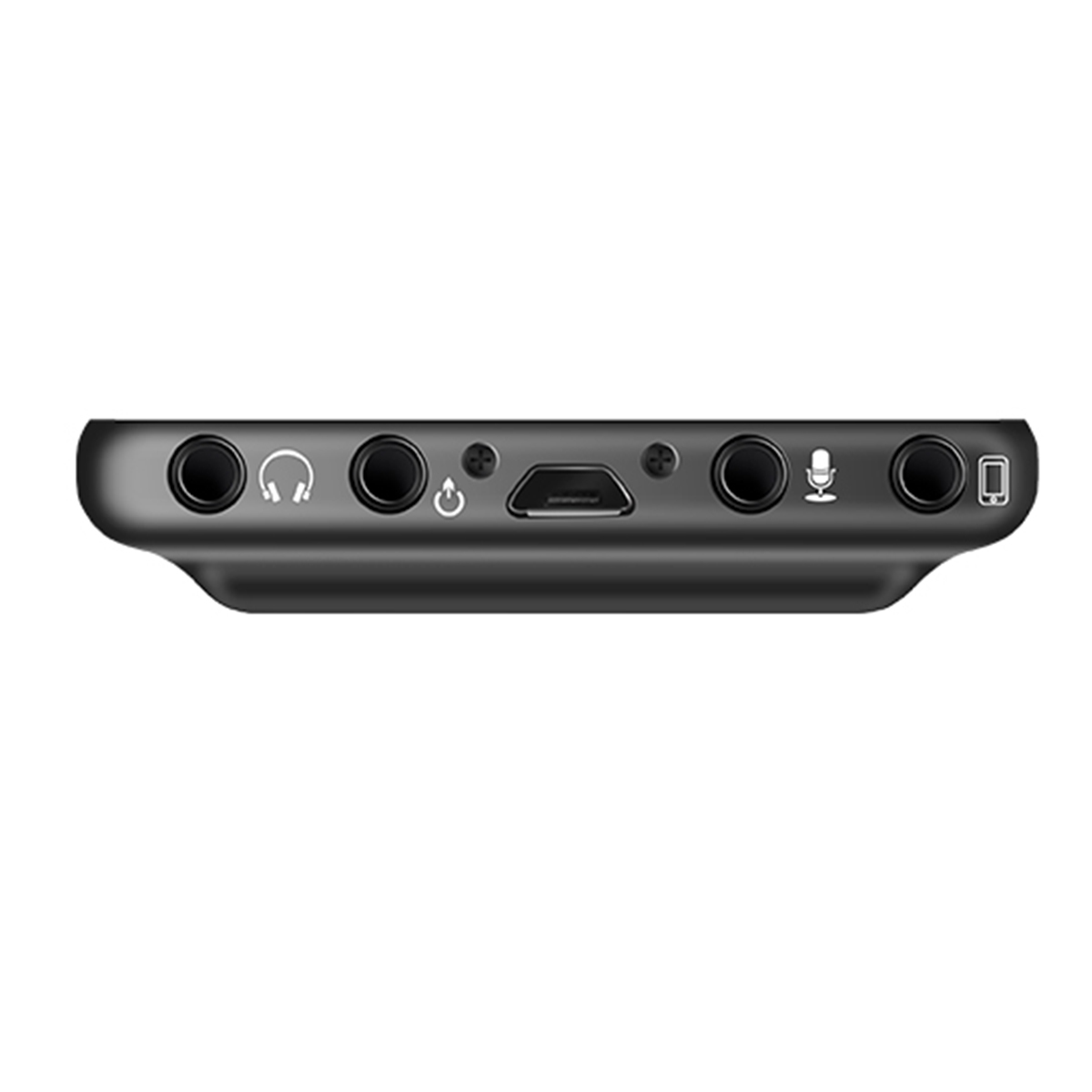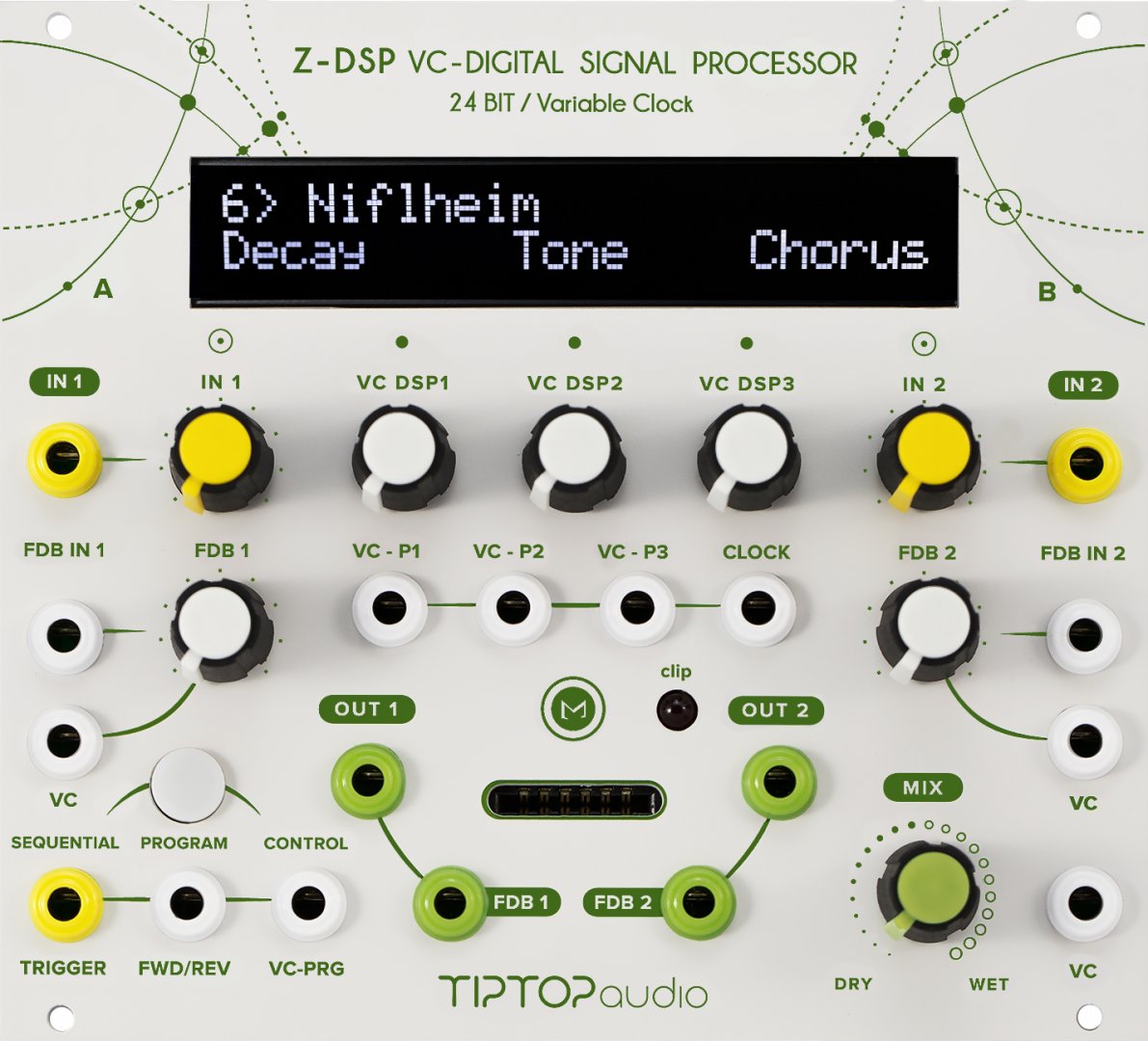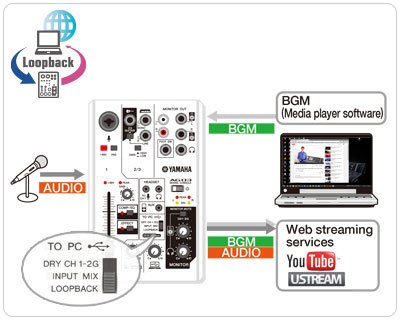

That’s one killer equation, isn’t it?īut if you remembered what I said, list comprehensions are the most powerful features of Python. Half of you are going to quit the book right now. I just setup the variables I have declared. # The sampling rate of the analog to digital convert # frequency is the number of times a wave repeats a second
#Real time dsp – audio loopback full#
But I want an audio signal that is half as loud as full scale, so I will use an amplitude of 16000. So we want full scale audio, we’d multiply it with 32767.

We raise 2 to the power of 15 and then subtract one, as computers count from 0). (Because the left most bit is reserved for the sign, leaving 15 bits. How do we calculate this constant? Well, the maximum value of signed 16 bit number is 32767 (2^15 – 1). One of the ways to do so is to multiply it with a fixed constant. To get around this, we have to convert our floating point number to fixed point.

If we write a floating point number, it will not be represented right. If you look at wave files, they are written as 16 bit short integers. The reason being that we are dealing with integers. The sine wave we generate will be in floating point, and while that will be good enough for drawing a graph, it won’t work when we write to a file. In most books, they just choose a random value for A, usually 1. Since we need to convert it to digital, we will divide it by the sampling rate. Y(t) is the y axis sample we want to calculate for x axis sample t. Sine Wave formula: If you forgot the formula, don’t worry.
#Real time dsp – audio loopback professional#
I will use a value of 48000, which is the value used in professional audio equipment. Now, the sampling rate doesn’t really matter for us, as we are doing everything digitally, but it’s needed for our sine wave formula. The key thing is the sampling rate, which is the number of times a second the converter takes a sample of the analog signal. Details of how the converter work are beyond the scope of this book. So we need a analog to digital converter to convert our analog signal to digital. Sampling rate: Most real world signals are analog, while computers are digital. In this project, we are going to create a sine wave, and save it as a wav file.īut before that, some theory you should know.įrequency: The frequency is the number of times a sine wave repeats a second. Machine Learning with an Amazon like Recommendation Engine Create a sine wave These layout guidelines can be found in the freeDSP-Wiki.Introduction to Pandas with Practical Examples (New)Īudio and Digital Signal Processing (DSP) Some guidelines were defined to make future freeDSP development and extensions as compatible as possible. Most freeDSP PCBs will be designed using KiCad. You can also propose your applications, extensions. If you want to join the freeDSP team or want to improve the documentation or the website, drop us a line in the contact form. Thank you for your understanding! Please ask your questions at and link them within the man thread.

Please keep in mind that freeDSP is an open-source spare-time project and not a commercial product. Unfortunately, we cannot provide individual support via email or the contact form.Link these threads in the freeDSP main thread - so that others can find them. Please create individual threads for your topics. Please use the ‘Digital Line Level’ subforum to connect with other people working with the freeDSP. There might already be a solution for the problem you are facing. Maybe your issue has already been discussed in the freeDSP forum.Please take the time to carefully read the getting started guide and have a look at the upcoming online application examples (coming soon).If you're having questions regarding the freeDSP board: If you're having questions regarding programing with SigmaStudio, please go to the Analog Devices support forum.


 0 kommentar(er)
0 kommentar(er)
